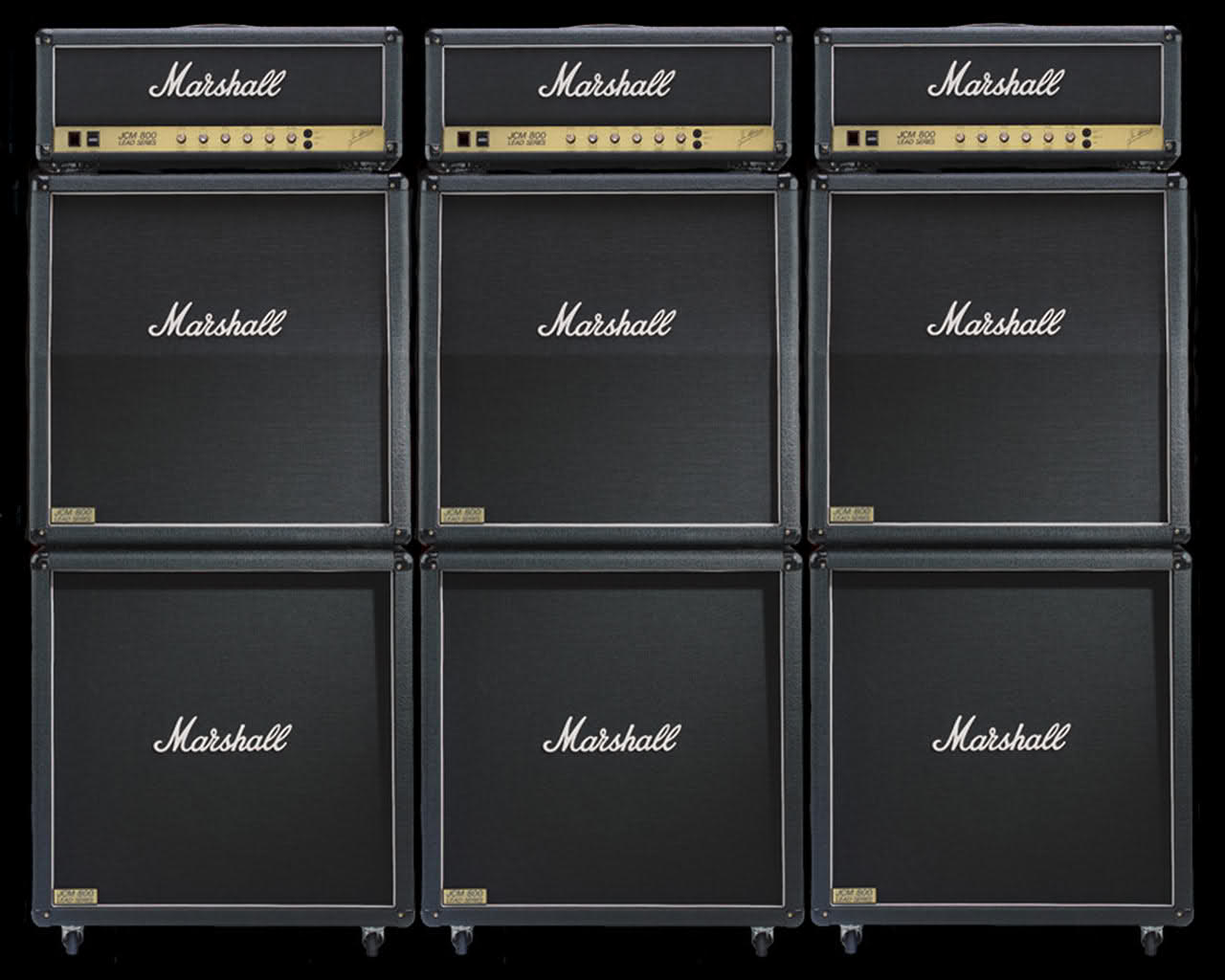Music has the incredible ability to touch our souls and evoke emotions like nothing else. Whether it’s a gentle melody or a thunderous symphony, musical instruments and amplification equipment play a vital role in bringing these sounds to life. The harmonious blend of the instrument’s craftsmanship and the technological advancements of amplification equipment creates a powerful marriage that intensifies the impact of each note and transcends mere sound. In this article, we will explore the captivating world of musical instruments and amplification equipment, delving into their unique qualities, the artistry behind their creation, and the pivotal role they play in shaping our auditory landscape. Get ready to unlock the true potential of these enchanting tools as we embark on a journey of harmonizing soundscapes like never before.
Exploring Musical Instruments
In the realm of music, there exists a rich and diverse assortment of musical instruments. These instruments serve as the conduits through which artists channel their creativity and bring forth captivating melodies and harmonies. From the enchanting resonance of a grand piano to the soul-stirring vibrations of an electric guitar, musical instruments have the power to evoke emotions and transcend barriers of language.
Each musical instrument possesses its unique characteristics and timbre, offering musicians a plethora of options for self-expression. String instruments, such as the violin or the cello, lure us with their graceful melodies, while wind instruments like the flute or saxophone breathe life into compositions. Percussion instruments, ranging from the thunderous beats of the drums to the delicate chimes of the xylophone, add rhythm and texture to musical arrangements.
Through their craftsmanship, musical instruments enable musicians to connect with audiences on a profound level. Whether it is the melancholic strains of a violin or the jubilant sounds of a trumpet, these instruments transcend cultural boundaries and speak directly to the human spirit. They enable musicians to communicate their deepest emotions and touch the hearts of listeners with melodies that convey joy, sorrow, and everything in between.
Unleashing the true potential of musical instruments involves more than just the instruments themselves. It also requires the judicious use of amplification equipment. Sound amplifiers and speakers play a crucial role in live performances, ensuring that the nuances of each instrument and the melodies they produce reverberate throughout concert halls and stadiums. When skillfully employed, amplification equipment enhances the power and clarity of musical performances, enabling audiences to fully immerse themselves in the soundscape.
In the next sections, we will delve deeper into the world of amplification equipment, exploring its various forms and functions. We will discover how these devices contribute to the enchanting experiences we have all come to love and cherish when it comes to music. Together, musical instruments and amplification equipment harmonize to create a symphony of sound, transporting us to places beyond imagination and connecting us to the depths of our emotions.
Understanding Amplification Equipment
Amplification equipment plays a crucial role in enhancing the sound produced by musical instruments. It is designed to amplify and project sound waves, ensuring that the music reaches the audience with clarity and precision.
The main component of amplification equipment is the amplifier. Amplifiers come in various types and sizes, designed to accommodate different instruments and sound requirements. They work by taking the low-level signal generated by the instrument and amplifying it to produce a louder sound. The amplifier also helps shape the sound by adjusting factors such as tone, volume, and effects.
In addition to amplifiers, other key components of the amplification equipment include speakers and microphones. Speakers are responsible for projecting the amplified sound to the audience, while microphones capture the sound produced by the instruments and feed it into the amplifier for amplification.
It is important to carefully select and match the amplification equipment with the specific requirements of the musical instruments being used. This ensures that the sound produced is faithful to the original intention of the musician and creates an immersive experience for the listeners. By understanding the intricacies of amplification equipment, musicians can harness its power to create captivating soundscapes that resonate with their audiences.
Achieving Harmonious Soundscapes
The seamless integration of musical instruments and amplification equipment is essential in creating harmonious soundscapes. When these two elements work together, they have the power to elevate the quality of music and provide a captivating auditory experience.
Musical instruments are the heart and soul of any musical performance. Whether it’s a guitar, piano, or drums, each instrument brings its own unique character to the sound. The challenge lies in capturing and projecting these sounds effectively. This is where amplification equipment plays a crucial role.
Amplification equipment acts as the bridge between the musician and the audience, ensuring that the nuances of each instrument are heard clearly. By carefully adjusting the amplification levels, musicians can strike a balance between different instruments, allowing their melodies to blend seamlessly. This enhances the overall sonic experience and allows the listener to fully appreciate the intricacies of the music.
Additionally, amplification equipment enables musicians to overcome the limitations of traditional acoustic sound projection. In large venues or outdoor settings, where natural amplification may be insufficient, amplifiers ensure that the music reaches every corner of the space. This technology extends the reach of musical performances and enables musicians to connect with audiences on a grand scale.
In conclusion, the harmonious interplay between musical instruments and amplification equipment is vital in creating captivating soundscapes. By effectively integrating these two elements, musicians can ensure that their artistic vision is realized and their music resonates with audiences at its fullest potential.
